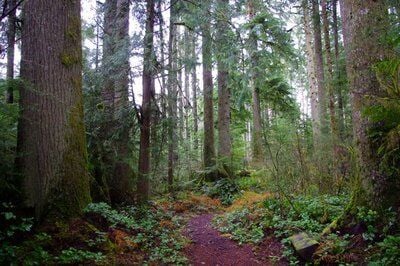I’ve lived on the North Coast for 33 years. As the owner of NW Women’s Surf Camps and Retreats, I have the pleasure of teaching people to catch their first wave along the Oregon Coast, looking from the ocean onto the beauty of our beaches and forests.
As a business owner, I understand that it is the health and beauty of the forests, rivers, estuaries, ocean, and wildlife that draws people here to spend their income and time in our restaurants, retail shops, hotels and on the water. That’s why I support a strong conservation plan for the Tillamook Rainforest.
The Tillamook Rainforest stretches across more than 500,000 acres of state public forest lands between the North Coast and Portland. It supports wildlife, sequesters carbon, filters water for 500,000 Oregonians, and provides recreation like hiking, mountain biking, summer swimming, mushroom gathering, hunting, and fishing. These activities, the cool moist air, and the sense of beauty people experience beneath the forest canopy are not just unique experiences for many, but a unique economic asset.
The Western Oregon State Forests Habitat Conservation Plan would protect habitat for 17 threatened and endangered species on the North Coast like the coho salmon, marbled murrelet, and slender salamander. The plan would also provide assurances for timber production outside dedicated conservation areas. This plan is fair and balanced.
We have the opportunity to weigh in on a Tillamook conservation plan by June 1, and I encourage you to do so today at forestlegacy.org.
Lexie Hallahan, Owner
Source: Seaside Signal
Continue reading




